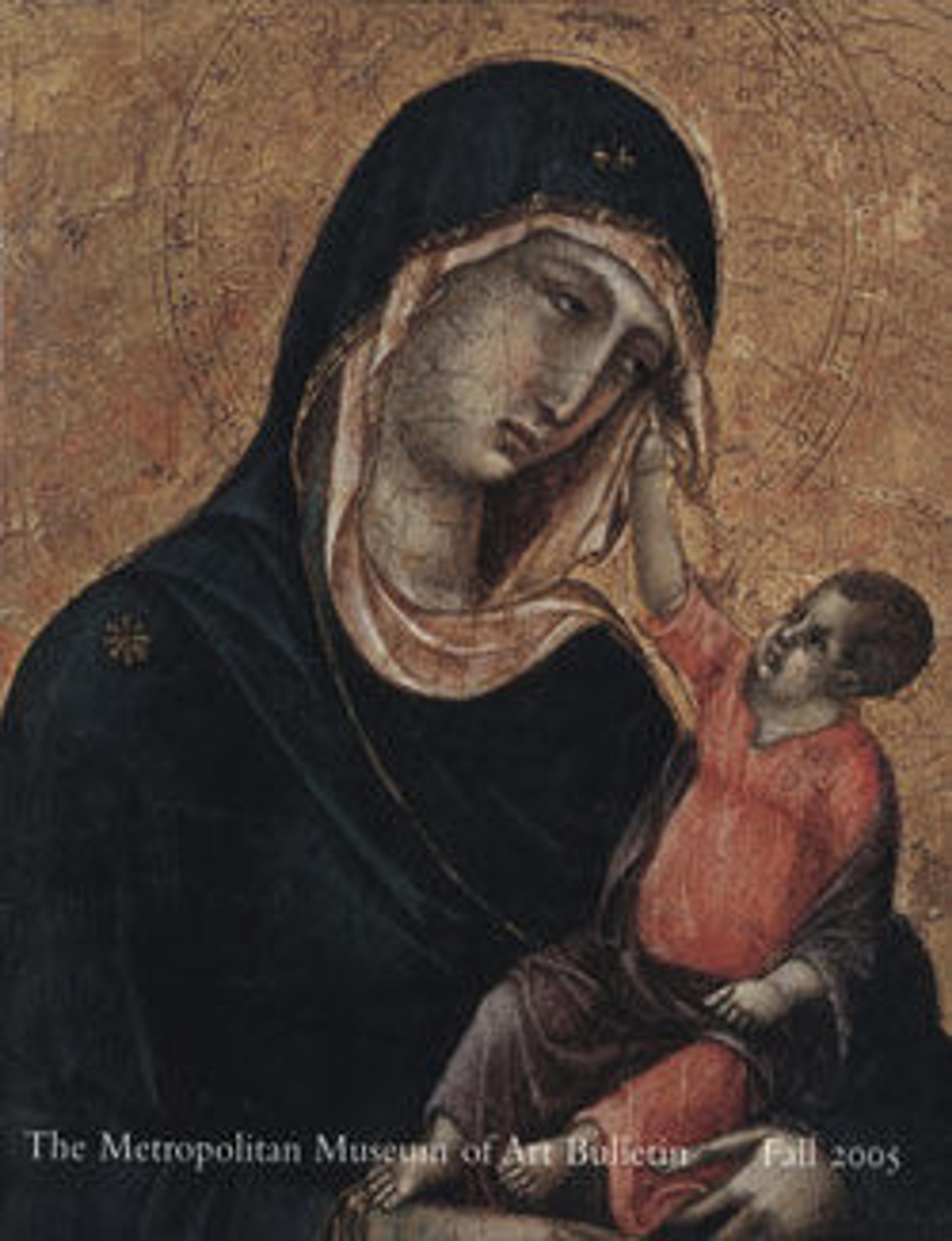Canopic jar inscribed for Minmose
The owner of this canopic jar was Minmose, a troop captain whose name and title appear in the left hand column of the inscription. The rest of the text invokes the goddess Nephthys and the god Imseti, asking their protection for the contents of the jar. Nephthys was one of the four goddesses who protected the dead, and Imseti was one of the "four sons of Horus" who protected the four internal organs that were removed from the body during mummification. Imseti was usually linked with the goddess Isis to protect the canopic jar that held a person's liver. The association of Nephthys with Imseti in this inscription is a variant that is sometimes found in the New Kingdom.
Another canopic jar of Minmose was left by the sculptor Bertel Thorvaldsen (d. 1844) to the Thorvaldsens Museum, Copenhagen.
Traces of a pigment known as Egyptian blue are still visible in the hieroglyphs. The eyebrows, the pupils, and the cosmetic lines around the eyes were also originally painted.
Another canopic jar of Minmose was left by the sculptor Bertel Thorvaldsen (d. 1844) to the Thorvaldsens Museum, Copenhagen.
Traces of a pigment known as Egyptian blue are still visible in the hieroglyphs. The eyebrows, the pupils, and the cosmetic lines around the eyes were also originally painted.
Artwork Details
- Title: Canopic jar inscribed for Minmose
- Period: New Kingdom
- Dynasty: probably mid-Dynasty 18
- Date: ca. 1450–1400 B.C.
- Geography: From Egypt
- Medium: Travertine (Egyptian alabaster), paint, Egyptian blue
- Dimensions: H. 42 cm (16 9/16 in.)
- Credit Line: Purchase, Liana Weindling Gift, in memory of her mother, 2005
- Object Number: 2005.106a, b
- Curatorial Department: Egyptian Art
More Artwork
Research Resources
The Met provides unparalleled resources for research and welcomes an international community of students and scholars. The Met's Open Access API is where creators and researchers can connect to the The Met collection. Open Access data and public domain images are available for unrestricted commercial and noncommercial use without permission or fee.
To request images under copyright and other restrictions, please use this Image Request form.
Feedback
We continue to research and examine historical and cultural context for objects in The Met collection. If you have comments or questions about this object record, please contact us using the form below. The Museum looks forward to receiving your comments.
